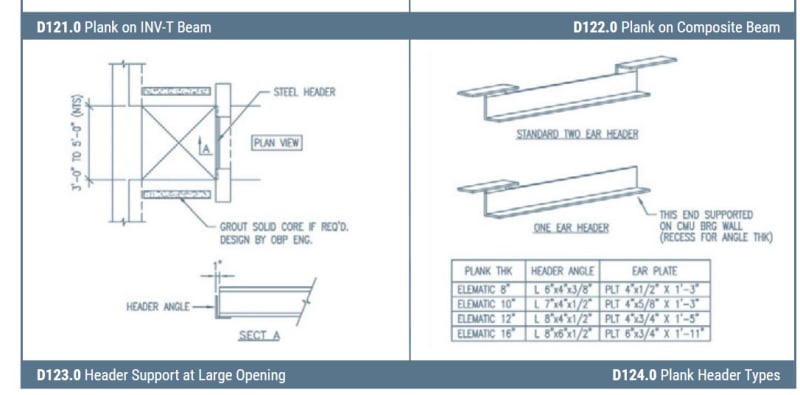JAG-E
Mechanical
- Mar 8, 2018
- 17
EDIT - I want to reply to the individuals that replied to my original post. How is that done??
I am not sure how to research this floor construction. Single Family Home with basement, built about 1954, by local college professor. No plans, no one knows construction of floor. The walls are cinder block. The exposed basement ceiling is a layer of concrete over cinder block, 21"L, 7.5" tall, 6" thick. The the blocks are on side, with holes horizontal to provide passages for in-floor heating pipes. There is no sign of rebar. There are no beams or joists. According to owner when carpets were replaced the floor is a concrete slab viewed from first floor. The rebar in the photo is just loose in the hole of the cinder block, and may have been forgotten during construction. So other portions of concrete may have rebar. The reason I was asked to look at this, the owners, older couple, intends to remove an old cast iron tub for a shower pan for easy access. The shower company plans to wreck the tub, remove piecemeal, to minimize cosmetic damage around the tub and easier removal. But they are afraid they will weaken this concrete floor. There is one access point where the construction is visible and that is under the subject tub. Can anyone shed light on this type of construction? The only thing I can think of would be to build the walls, create a temporary floor at the same height of the top of the walls, place the cinder blocks on the temporary wall, extending over the top of the basement inner walls, run the piping through the blocks, and then pour the cement. When cement is cured, remove temporary floor. If this method has a name it would provide a start. I am not sure how to up loads more than one photo. Maybe I can comment to my own post and add photos. Thanks Joe.
I am not sure how to research this floor construction. Single Family Home with basement, built about 1954, by local college professor. No plans, no one knows construction of floor. The walls are cinder block. The exposed basement ceiling is a layer of concrete over cinder block, 21"L, 7.5" tall, 6" thick. The the blocks are on side, with holes horizontal to provide passages for in-floor heating pipes. There is no sign of rebar. There are no beams or joists. According to owner when carpets were replaced the floor is a concrete slab viewed from first floor. The rebar in the photo is just loose in the hole of the cinder block, and may have been forgotten during construction. So other portions of concrete may have rebar. The reason I was asked to look at this, the owners, older couple, intends to remove an old cast iron tub for a shower pan for easy access. The shower company plans to wreck the tub, remove piecemeal, to minimize cosmetic damage around the tub and easier removal. But they are afraid they will weaken this concrete floor. There is one access point where the construction is visible and that is under the subject tub. Can anyone shed light on this type of construction? The only thing I can think of would be to build the walls, create a temporary floor at the same height of the top of the walls, place the cinder blocks on the temporary wall, extending over the top of the basement inner walls, run the piping through the blocks, and then pour the cement. When cement is cured, remove temporary floor. If this method has a name it would provide a start. I am not sure how to up loads more than one photo. Maybe I can comment to my own post and add photos. Thanks Joe.

